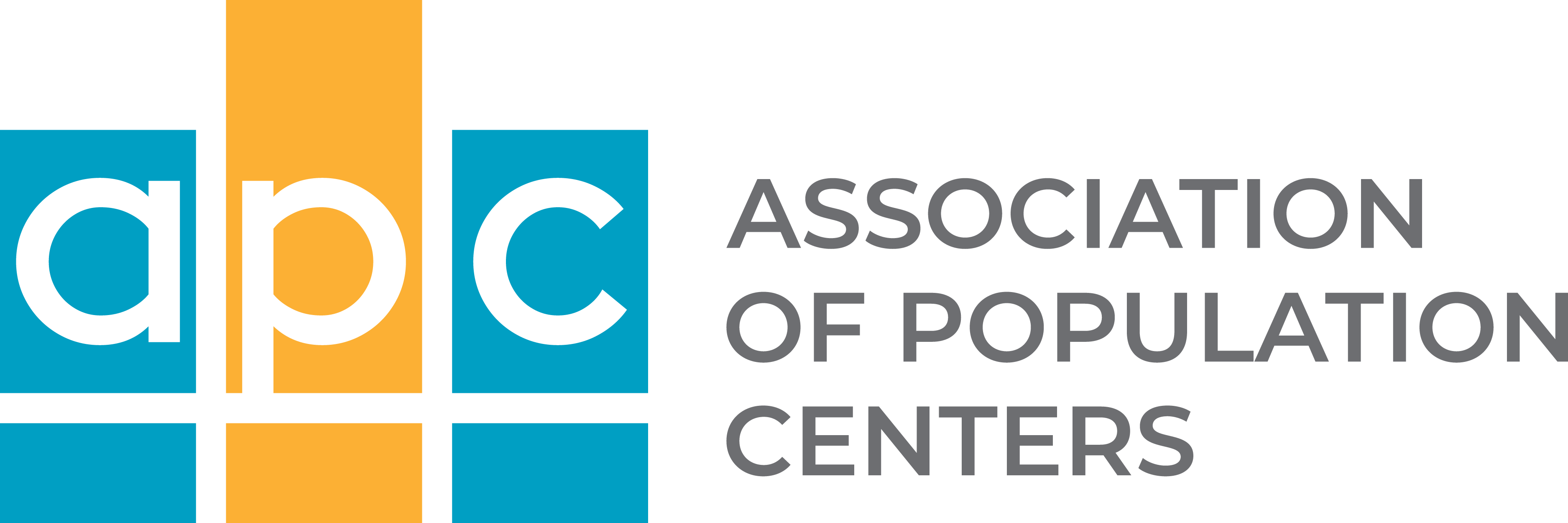|
|
The “Eat, Sleep, Console” (ESC) care approach may be more effective than using the Finnegan Neonatal Abstinence Scoring Tool (FNAST) to assess and manage opioid-exposed newborns, according to a national, randomized controlled clinical trial funded by the National Institutes of Health. Newborns cared for with ESC were medically ready for discharge approximately 6.7 days earlier and 63% less likely to receive medication as part of their treatment, compared to newborns cared for with FNAST.
|
|
|
|
Tranexamic acid appears no more effective than placebo in reducing the need for blood transfusion or preventing maternal death in patients with increased risk for excessive bleeding because of cesarean delivery, according to a study funded by the National Institutes of Health. Tranexamic acid slows the natural breakdown of blood clots and was considered promising for reducing the risk of excessive bleeding after giving birth—known as postpartum hemorrhage—after cesarean delivery.
|
|
|
|
Children with multisystem inflammatory syndrome (MIS-C)—a rare condition linked with the virus that causes COVID-19—have biochemical indicators of cell injury and cell death that are distinct from other children with COVID-19, according to a study funded by the National Institutes of Health.
|
|
|
|
Pheochromocytomas and paragangliomas are rare types of tumors that are typically found in the abdomen but can occur in any location of the body. An international group of health care professionals developed a consensus statement on how to best manage these tumors when they are caused by variants in the gene succinate dehydrogenase complex subunit D.
|
|
|
|
Infants born in 2020 through mid-2021 to women with COVID-19 weighed less at birth, but grew at a faster rate than a comparable group born to women who did not have COVID-19, according to a study funded by the National Institutes of Health. Previous studies have found that preterm infants and other infants who are small or underweight at birth and who undergo catch-up growth in the first year are at higher risk for later life obesity, heart disease, high blood pressure, and diabetes, compared to infants born at normal weight.
|
|
|
|
A research team including National Institutes of Health scientists has developed a potential gene therapy for hereditary spastic paraplegia 50 (SPG50), a rare childhood-onset neurodegenerative disorder that leads to developmental delays, cognitive impairment, and eventual paralysis. The condition is caused by mutations in a single gene known as AP4M1.
|
|
|
|
Researchers funded by the National Institutes of Health have discovered a gene that could serve as a target for a new non-hormonal contraceptive. The gene, arrestin domain containing 5, is present in several mammalian species and controls the last step in sperm maturation. Deactivating the gene in animals results in lower sperm count and sperm with impaired movement that are incapable of fertilizing an egg—without any apparent ill effects elsewhere in the body.
|
|
|
|
The Eunice Kennedy Shriver National Institute of Child Health and Human Development has announced new funding for participating centers in its Maternal-Fetal Medicine Units Network. The purpose of the network is to improve obstetric care, pregnancy health, and outcomes for pregnant and lactating people and their babies.
|
|
|
|
The latest profile in NICHD’s Women in Science series features Dr. Gomez-Lobo, who leads a research program exploring fertility preservation in special populations, rare gynecologic conditions, and other issues in pediatric gynecology.
|
|
|
|
Urea, present in breast milk but not digested by the infant, appears to foster the growth of beneficial bacteria in the infant gut, suggests a study funded by the National Institutes of Health. Urea is a nitrogen-containing waste product of protein digestion. In return for the breast milk-supplied urea, the bacteria provide the infant with essential nutrients. The results have important implications for the development of infant formula.
|
|
|
|
This feature chronicles ongoing research in NICHD’s Human Placenta Project, including efforts to detect a condition in which the placenta invades the uterine wall and attempts to image the placenta using ultrasound, photo acoustics, and magnetic resonance imaging.
|
|
|
|
The National Institutes of Health is pleased to announce the winners of the STRIVE for Change: Drawing on Our Strengths Art Challenge, a prize competition for original artwork highlighting the strengths of communities experiencing health disparities. Two entries were selected to receive cash prizes.
|
|

















